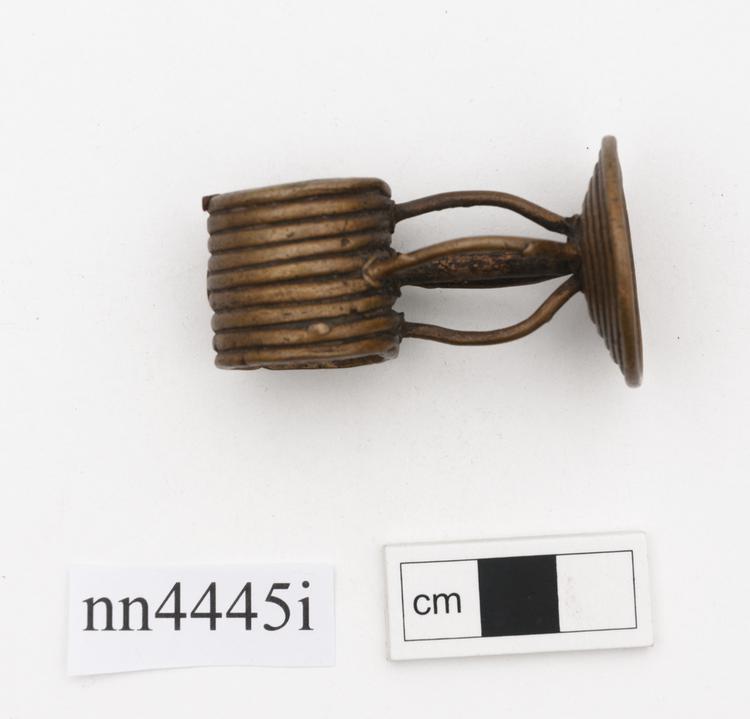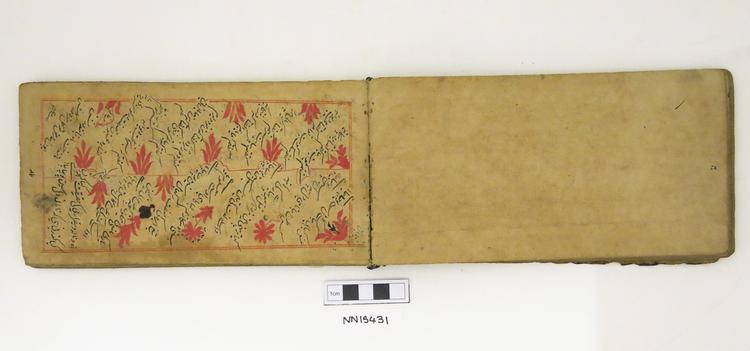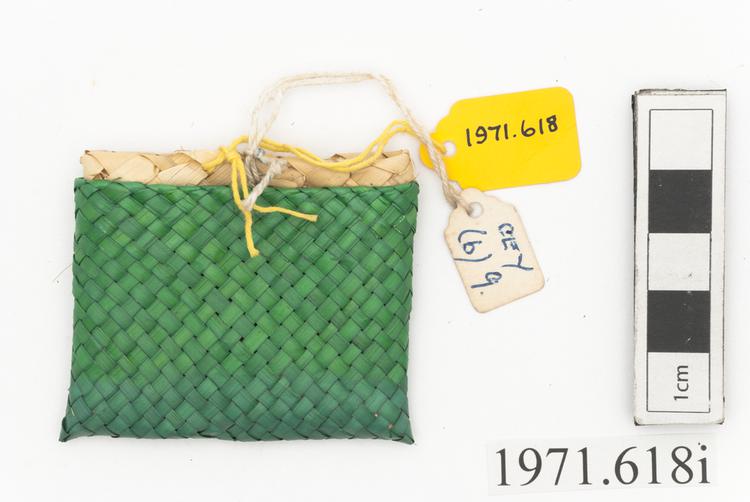
Mask
Night Dance Mask, Kavat, Baining People, New Britain, Papua New Guinea As this kavat mask shows, the Baining people of eastern New Britain in Papua New Guinea produce some of the largest masks in the world. These imposing creations come in several different forms, and are produced for use in the miaus or langani male night dances. These dances celebrate the special connection that senior Baining men have with powerful spirits that live in the bush, and the masked spirits emerge from the bush during the night dances to dance frenetically, occasionally terrifying the women and children present by chasing them. When these dances were first documented in the late 19th Century, they featured the masks carrying huge numbers of venomous snakes onto the dancing ground, and were described as ‘snake dances’; the nature of the dances has changed in recent decades, and audience-members have more often been chased with flaming torches, and the dances termed ‘fire dances’. These masks are constructed and painted before the ceremony inside a sacred shelter (kanamitki) in the bush. The kavat is made from barkcloth stretched over a framework of bamboo, and painted with red and black pigment. Its eyes are its most striking feature, and are symbolically powerful; the triangular motifs beneath them represent tears. The kavat mask depicts a bird-like leaf-spirit called a rengit, which lives in trees, and comes down onto the ground to dance during the langani. Under the kavat’s beak is a wattle like that seen on many birds. During the ceremony, the kavat mask dancer also wears a ‘tail’ of barkcloth, and a long barkcloth penis-sheath. This latter construction may be mushroom-shaped if the kavat is male, or flower-shaped if female. Combined with body paint, the darkness of night, and the light of flying fire embers, the overall impression of the kavat is striking. At the end of the night dance, all of the masks except the kavat are either burned in the fires, or discarded to decompose. Bamboo, barkcloth, pigment. Late 20th Century.

































































































































































































































































































































































































































































































































